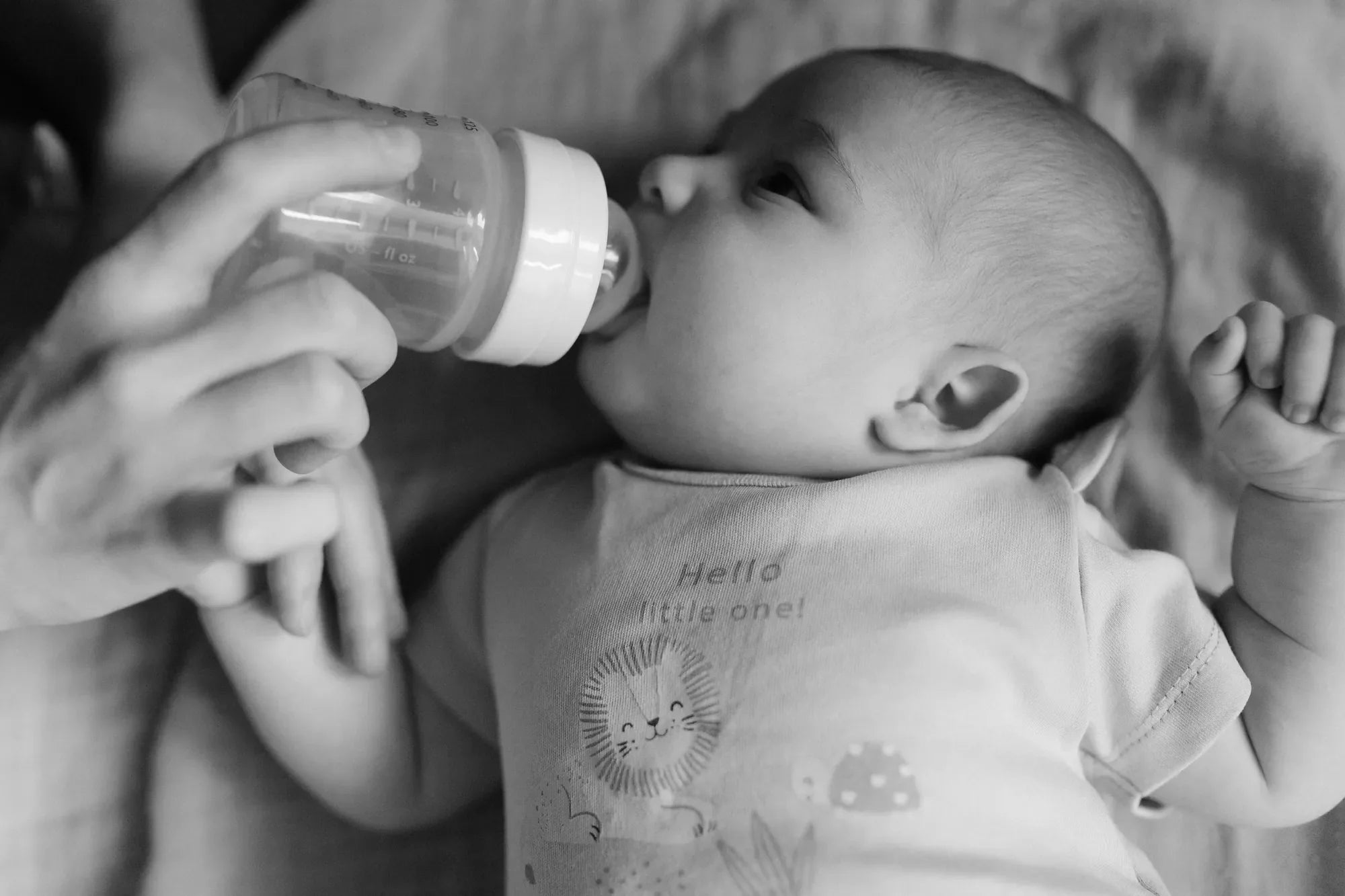Startseite
Pregnancy, Breastfeeding, and Pumping: The Ultimate Guide for Moms
How Long Can Baby Drinking Pump Breast Milk: A Comprehensive Guide

How Long Can Baby Drinking Pump Breast Milk: A Comprehensive Guide
When it comes to feeding your baby, breast milk is often considered the gold standard for nutrition. However, many parents wonder, how long can baby drinking pump breast milk safely? This question is essential for ensuring your little one gets the best possible start in life. Let's dive into the details to provide clarity and confidence for parents navigating this important aspect of infant care.
Understanding the Basics of Pumped Breast Milk
Pumping breast milk is a common practice for mothers who need to store milk for later use. Whether you're returning to work, sharing feeding responsibilities, or simply want to have a supply on hand, knowing how to handle pumped breast milk is vital. The first step is understanding the different storage options and their respective timelines.
Room Temperature Storage
Freshly pumped breast milk can be kept at room temperature for a limited time. Generally, it is safe for up to four hours, provided the room is not too warm. If the temperature exceeds 77°F (25°C), it's best to use or refrigerate the milk within two hours to prevent bacterial growth.
Refrigerated Storage
Refrigeration is one of the most common methods for storing pumped breast milk. When stored in the main body of the refrigerator (not the door), breast milk can last up to four days. Ensure the milk is placed in a clean, sealed container to maintain its quality and safety.
Frozen Storage
For longer storage, freezing breast milk is an excellent option. In a standard freezer, pumped breast milk can be stored for up to six months. If you have a deep freezer, this period extends to 12 months. Always label the containers with the date to keep track of storage times.
Best Practices for Handling Pumped Breast Milk
Proper handling of pumped breast milk is just as important as storage. Here are some tips to ensure your baby's milk remains safe and nutritious:
Cleanliness is Key
Always wash your hands thoroughly before pumping or handling breast milk. Use clean, sterilized containers to store the milk and avoid touching the inside of the container or lid to prevent contamination.
Proper Thawing Techniques
When it's time to use frozen breast milk, thaw it safely by placing it in the refrigerator overnight or running it under warm water. Avoid using a microwave, as it can create hot spots that may burn your baby's mouth and degrade the milk's nutritional value.
Mixing Milk from Different Pumping Sessions
It's safe to combine milk from different pumping sessions, provided both batches are at the same temperature. For example, you can mix freshly pumped milk with refrigerated milk, but avoid adding warm milk to already frozen milk.
Signs That Pumped Breast Milk Has Gone Bad
Even with proper storage, it's essential to recognize when pumped breast milk is no longer safe for your baby. Here are some signs to watch for:
Unusual Smell or Taste
Breast milk typically has a mild, slightly sweet smell. If the milk smells sour or rancid, it's best to discard it. Similarly, if your baby refuses to drink it, it might indicate an off taste.
Changes in Appearance
Fresh breast milk usually has a bluish or yellowish tint. If you notice clumps, separation, or a significant change in color, it's a sign that the milk may have spoiled.
Mold or Contamination
If you see any signs of mold or contamination in the container, do not use the milk. Always inspect the milk before feeding it to your baby.
Maximizing the Benefits of Pumped Breast Milk
To ensure your baby reaps the full benefits of pumped breast milk, follow these additional tips:
Store in Small Portions
Storing breast milk in smaller portions (2-4 ounces) reduces waste and makes it easier to thaw only what your baby needs for each feeding.
Use the Oldest Milk First
Practice the first-in, first-out method by using the oldest stored milk first. This helps ensure that none of your hard-earned milk goes to waste.
Monitor Your Baby's Reaction
Every baby is different, and some may be more sensitive to changes in milk storage or handling. Keep an eye on your baby's reaction to pumped milk and adjust your practices as needed.
Navigating the world of pumped breast milk can feel overwhelming, but with the right knowledge, you can confidently provide your baby with safe, nutritious milk. By understanding storage guidelines, handling practices, and signs of spoilage, you'll ensure your little one thrives. Remember, every drop of breast milk is a gift of health and love for your baby.
Teilen
